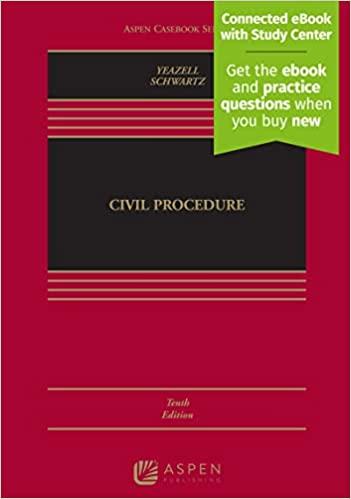Question
The Charter of Rights and Freedoms contains four clauses that define its application. Section 1: Allows for violation of the Charter's rights and freedoms in
The Charter of Rights and Freedoms contains four clauses that define its application.
Section 1:Allows for violation of the Charter's rights and freedoms in certain circumstances.
Section 24:Provides for enforcement of our rights.
Section 32:Defines the scope of the Charter.
Section 33:Provides for legislative override of the Charter.
Charter Guarantees and Limitations
The courts use section 1 and section 33 of the Charter to interpret its application. Section 33 will be discussed later in this activity. Section 1 is known as "the reasonable limits clause". "Basically, section 1 of the Charter guarantees our rights and freedoms while, at the same time, making it clear that these rights and freedoms are not absolute but are subject to 'reasonable limits'" (Blair).
Section 1
1.The Canadian Charter of Rights and Freedomsguarantees the rights and freedoms set out in it subject only to such reasonable limits prescribed by law as can be demonstrably justified in a free and democratic society.
"For instance, if a province wishes to pass a law that limits a Charter right, it must show that this limitation can be justified in a free and democratic society. The criteria for reasonable limits in section 1 were established in R. v. Oakes in 1986. In fact, the four criteria established in R. v. Oakes came to be known as the 'Oakes test'" (Blair).
Enforcing Our Rights
When a court finds that one of our laws has violated the Charter, the law becomes invalid unless the provincial government invokes the notwithstanding clause. Thus, it cannot be used to violate anyone else's rights in the future. But what about the people whose rights have already been violated? Section 24 contains the remedies for violations of the Charter.
Section 24
24. (1) Anyone whose rights or freedoms, as guaranteed by this Charter, have been infringed or denied may apply to a court of competent jurisdiction to obtain such remedy as the court considers appropriate and just in the circumstances.
(2) Where, in proceedings under subsection (1), a court concludes that evidence was obtained in a manner that infringed or denied any rights or freedoms guaranteed by this Charter, the evidence shall be excluded if it is established that, having regard to all the circumstances, the admission of it in the proceedings would bring the administration of justice into disrepute."
"The Supreme Court of Canada has often been called the 'guardian of the Constitution.'The Charter of Rights and Freedomswas written in general language, and the nine justices who make up the Supreme Court of Canada are responsible for interpreting and enforcing its terms. Section 24 of the Charter gives people who believe that their Charter rights have been infringed or violated by government or its agencies the right to challenge the government in court. In many cases appealed to the Supreme Court of Canada, the issue of whether a right has been violated is paramount" (The previous material is from Blair, Annice et al., used with permission).
Educational Tour Supreme Court of Canada Photos. 24 Jan. 2006. Philippe Landreville, photographer. Supreme Court of Canada Collection. 7 Mar. 2006.http://www.scc-csc.gc.ca
"To determine whether a rights case has merit and will be heard, the Supreme Court considers these questions: 1. Was the right infringed or violated by government or its agencies? 2. Is the right in question covered under the Charter? 3. Is the violation or infringement within a reasonable limit? Once the justices of the Supreme Court have determined that a Charter right or freedom has been infringed or violated, they may strike down the offending legislation, using section 52 of the Constitution Act, 1982. In other cases, the justices may provide a certain length of time for the legislation in question to be changed or amended. In criminal cases, the courts also have a number of options to choose from. They may exclude certain types of evidence, order a new trial, or, depending on the circumstance, dismiss a case completely" (Blair).
Step by Step Solution
There are 3 Steps involved in it
Step: 1

Get Instant Access to Expert-Tailored Solutions
See step-by-step solutions with expert insights and AI powered tools for academic success
Step: 2

Step: 3

Ace Your Homework with AI
Get the answers you need in no time with our AI-driven, step-by-step assistance
Get Started


